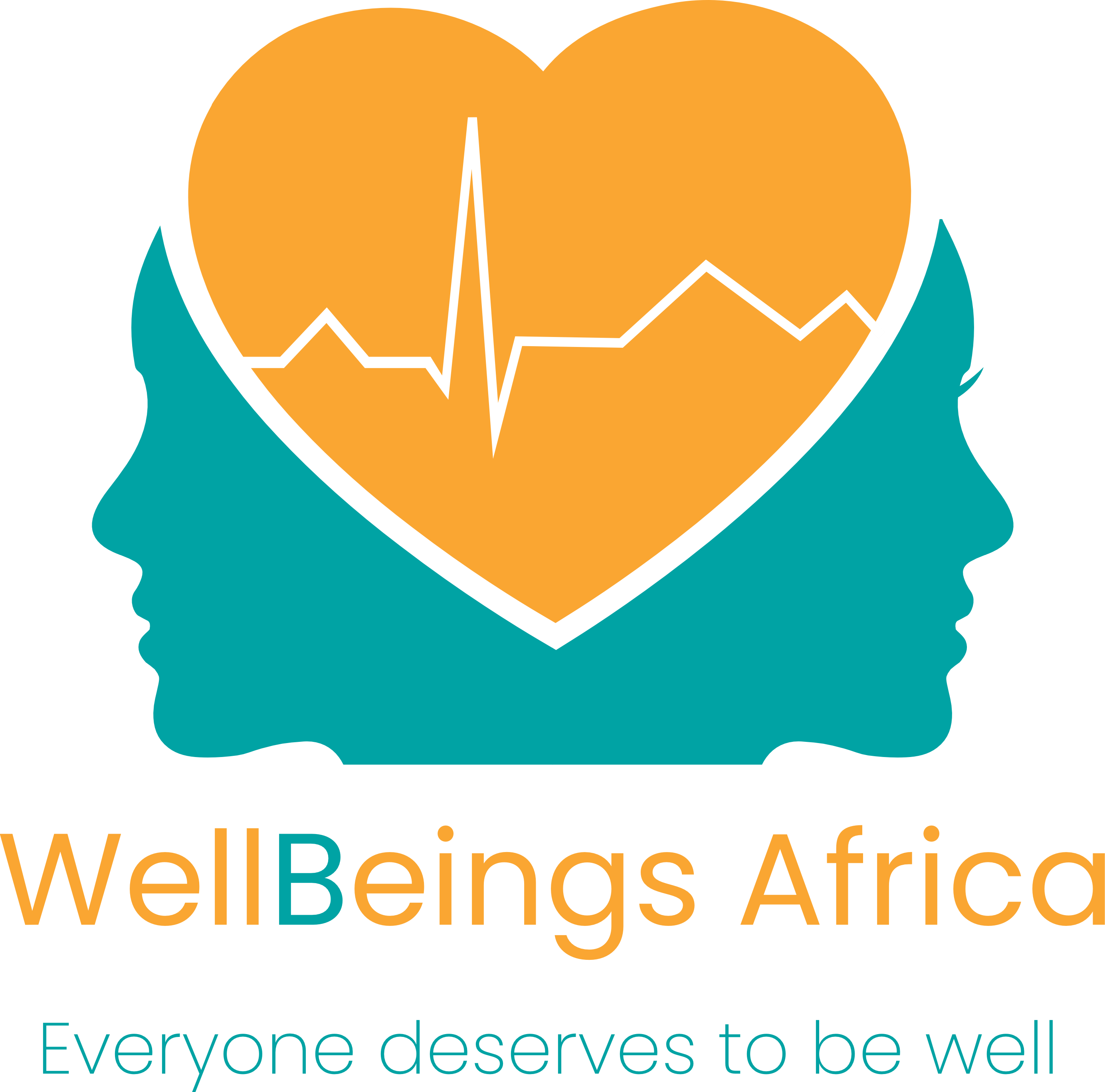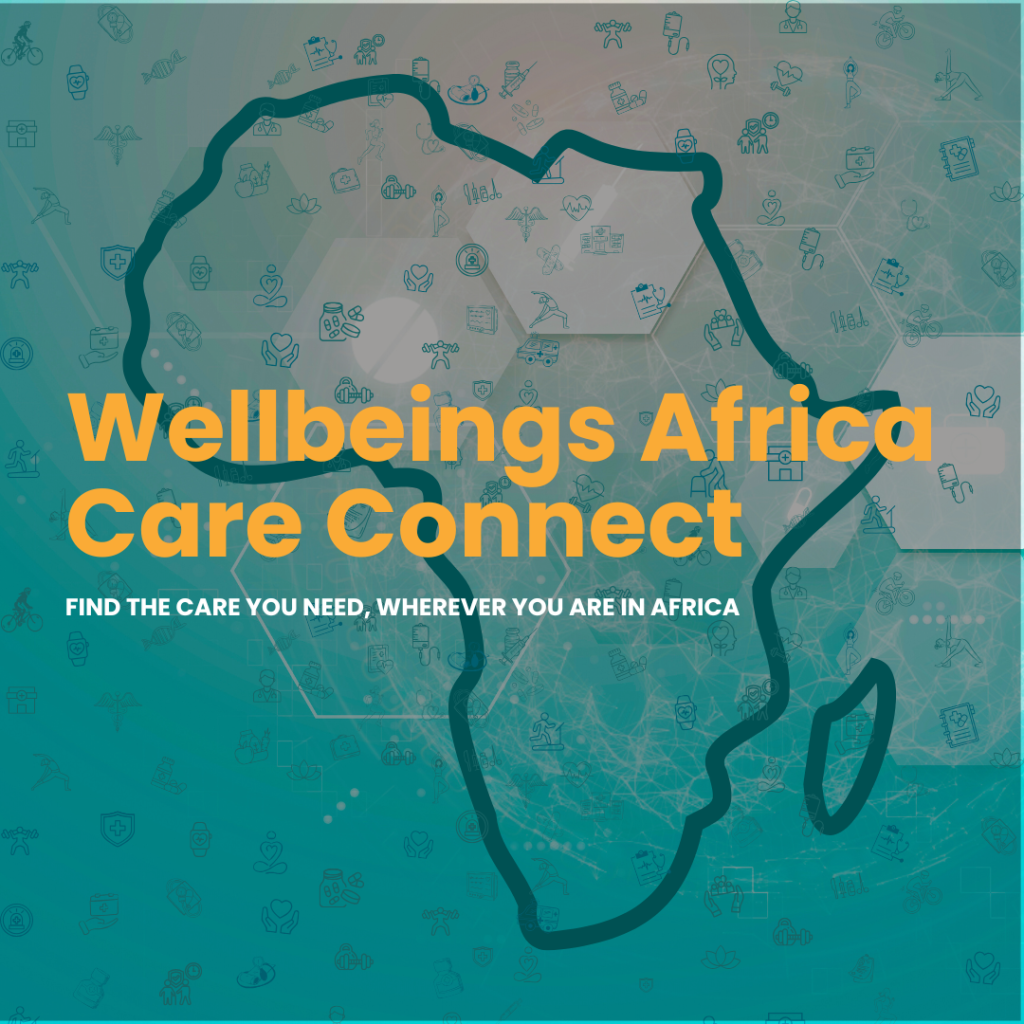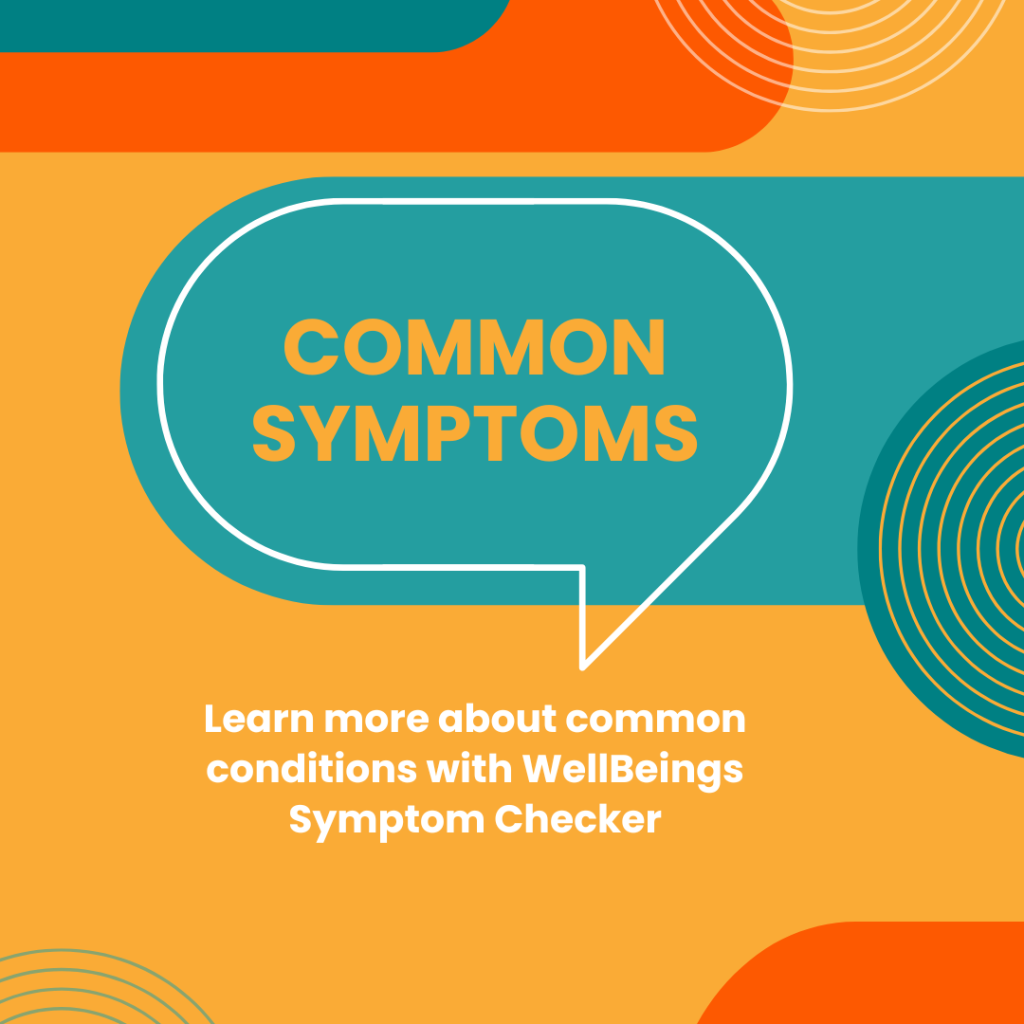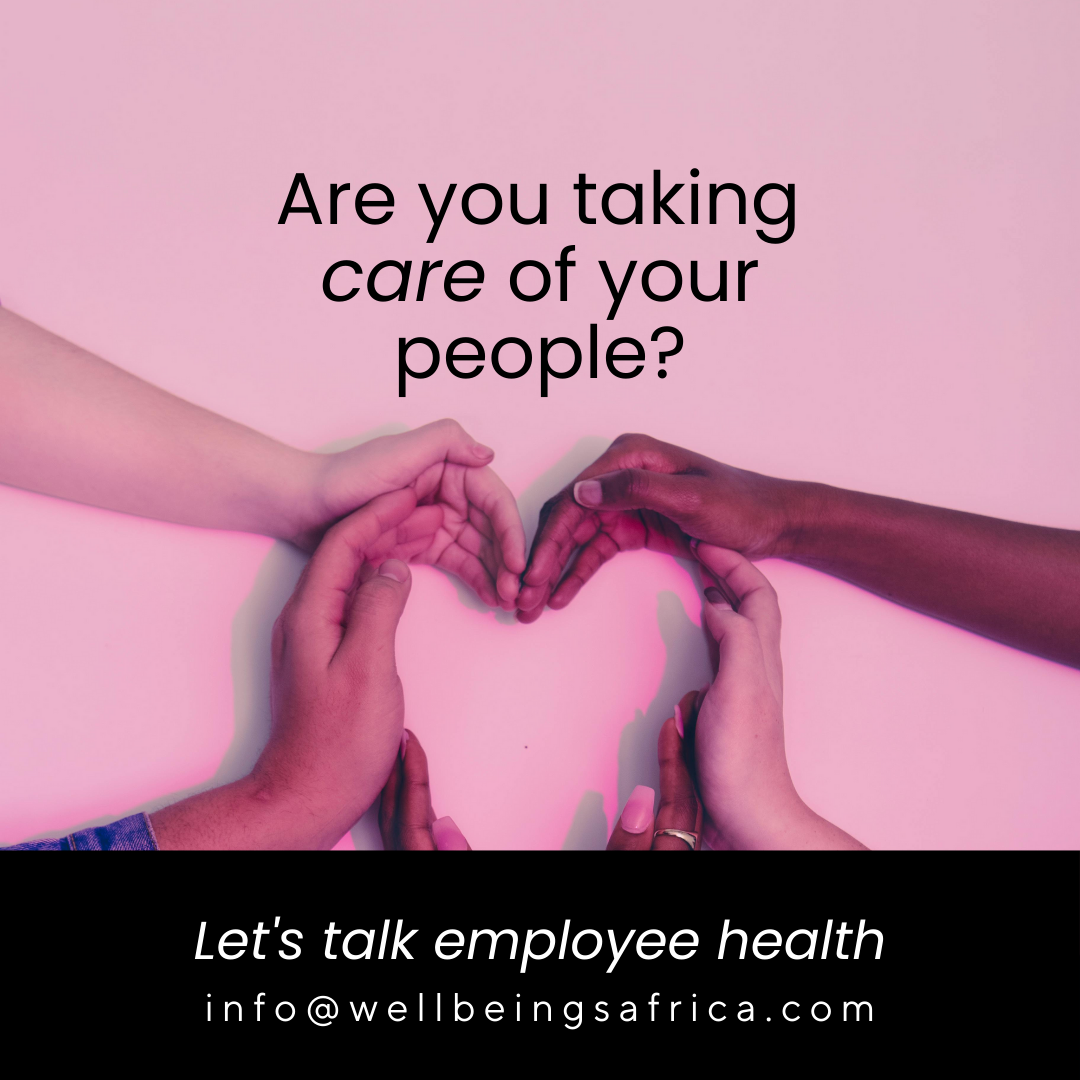Your survival guide to managing a toxic workplace
You feel the familiar dread creeping in as you drive to the office. The day has barely begun and you’re already annoyed at everyone you work with. By lunch, you’re ready to call it quits and head home – forever.
Welcome to the toxic workplace.
Quick Read:
- A toxic workplace can quickly derail your mental health; recognise the signs early on and get help.
- Be aware of microaggressions and “subtle” bullying – these are also signs of unhealthy work environments.
- Your work should be a source of inspiration, not a drain on your wellbeing.
What is a toxic workplace?
You’re at your desk and can feel the tension in the air. It could be the passive-aggressive emails, the constant criticism from your boss or the gossip amongst your colleagues. It may be a combination of these plus a handful of other problematic behaviours. Whatever the cause, a toxic work environment is one where negativity, conflict and misconduct are commonplace.
Examples of a toxic work environment include:
A lack of communication and transparency: When there’s a lack of clear communication, employees can feel lost, confused and unsure of their role. This can lead to feelings of stress, anxiety, and frustration.
Bullying and harassment: This can take many forms, including verbal abuse, intimidation, and exclusion. This behaviour is often damaging to a person’s self-esteem and mental health.
Unrealistic expectations and long hours: Working long hours shouldn’t be the default in workplaces. When you’re constantly working till midnight to meet unrealistic deadlines, you’re on the path to burnout, stress, and feeling undervalued.
Micromanagement: No one enjoys being micromanaged; it often leads to feelings of powerlessness and demotivation.
Cliques, exclusion and gossip: When these are the norm in a workplace, they can create a toxic environment that is both stressful and unproductive.

5 ways to cope within a toxic workplace
- Set clear boundaries with your colleagues and managers. This could mean saying no to extra work, speaking up when you feel uncomfortable, or limiting your availability outside work hours.
- A support system outside of work can be incredibly helpful when dealing with a toxic work environment. Turn to friends, family or a therapist.
- Self-care is essential when dealing with stress and anxiety. Consider exercise, meditation or simply doing something you enjoy.
- If you’re experiencing bullying or harassment in the workplace, try to keep a record of any incidents. This will be helpful if you decide to speak to HR or take legal action in the future.
- Ultimately, if you’re unable to cope with a toxic work environment, it may be time to start looking for a new job. Remember, your mental health and wellbeing should always come first.
Is it time to go?
To decide if you should continue working in a toxic environment, it’s important to assess how much it’s impacting your wellbeing. Here are some questions you can ask yourself:
How is this job affecting my mental health? If you’re losing sleep and dreading going to work more often than not, it may be time to start looking for a new job.
How widespread is the problem? Is it an ingrained issue in the company or a few people? If you think it’s a temporary situation, such as a particular colleague making life difficult, talk to a trusted manager or HR representative for help. Is the leadership toxic? If the top management is creating an ugly work culture, it’s unlikely to improve, and leaving may be the best option.
The bottom line
If you struggle to cope with work-related stress, consider professional support. A therapist can help identify possible causes and solutions. Most importantly, remember that you deserve to work in a safe and reasonable environment.
Images: Freepik



















